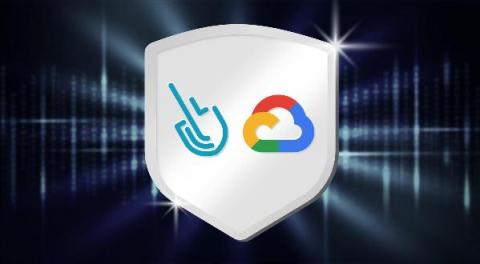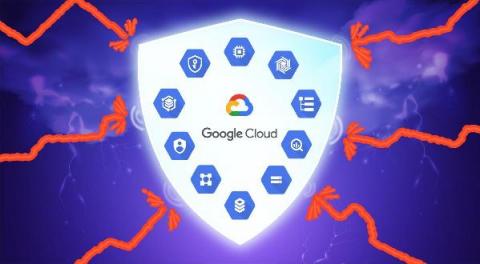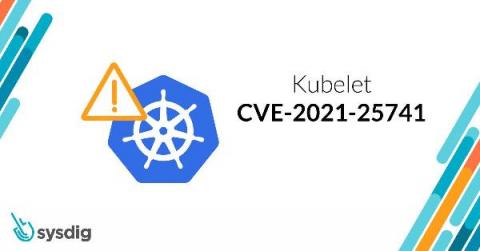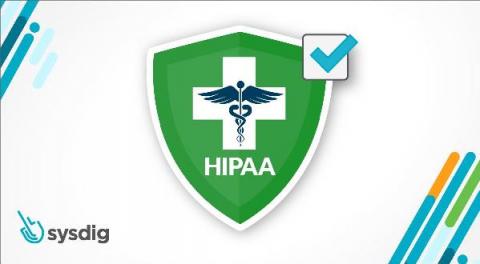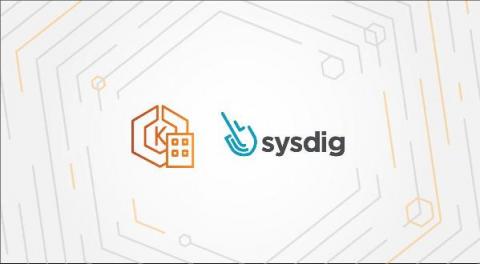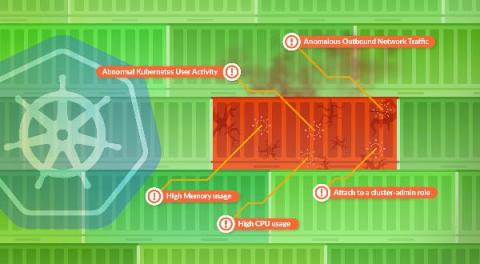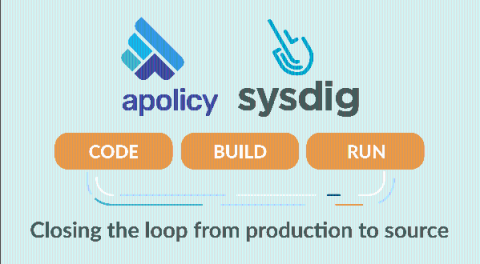Secure DevOps on Google Cloud: Reduce cloud and container risk
Google Cloud is helping businesses build and deploy apps faster than ever before, but at the same time, cloud teams must consider how to implement secure DevOps practices to avoid risk. We’re partnering with Google Cloud to provide security solutions to cloud teams to simplify safeguarding cloud and containers. Today, we announced our collaboration with Google Cloud.


